We hope that this information can help you to know Japan better. The members of our volunteer club would like to tell you about our daily life in Fukuoka, kyushu, Japan. We would also like to introduce you to some other tourist attractions. Some of them are not famous. Others are out of our guide area.
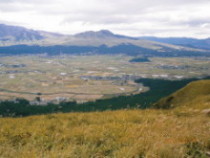
To rejuvenate Aso grasslands around caldera
The action plan was designated in the Globally Important Agricultural Heritage Systems.
Dec.30,2013
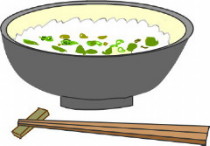
Nanakusa (Seven Herbs/Flowers)
The seven herbs of spring are edible, and we eat the Nanakusa-gayu (Rice gruel with 7 herbs) in hopes of longevity and health on the 7th of January.
Dec.28,2013
(pictures:from:
http://illust-uni.com)
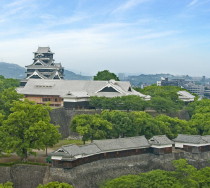
Kumamoto Castle
The castle is a major symbol of the city. It is one of the most famous castles in Japan, bustling with numerous tourists throughout the year.
Dec.19,2013
(photo:Kumamoto Prefecture)
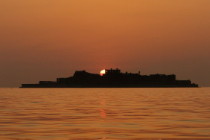
Welcome to Nomozaki !
You can enjoy local life and beautiful scenery there. It is in the countryside in Nagasaki Prefecture.
Dec.6,2013
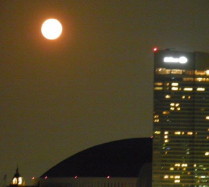
The full moon above the big hotel
How romantic is the mid-autumn full moon above the Hilton Hotel, Fukuoka. Please look for a rabbit when you look up at the moon next time.
Nov.20,2013
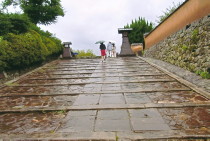
A Taste of Edo period in Kitsuki, Oita Pre.
This castle town in Kitsuki leaves a taste of Edo period (1603-1867), and is well known as tourist attraction till today.
Oct.19, 2013
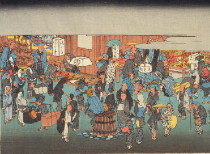
Chochin (Japanese Paper Lanterns)
They were used widely as hand-carried lanterns and gate lamps during Edo period (1603~). Now-a-days, they are essential decorations for festivals and fairs yet.
Oct.3,2013
(photo:from the National Diet Library site)
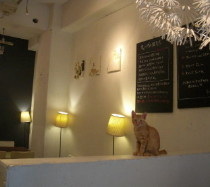
Neko Cafe (Cat's Cafe) in Fukuoka
The "Neko Cafe" is a kind of cafe where many cats are being kept, so you can enjoy both having coffee and spending time with cats.
Sep.5,2013
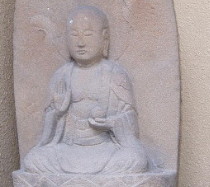
O-BON
O-Bon or just Bon is a traditional Buddhist annual event in Japan. People and families living in the cities commonly return to their home towns to participate in bon festivals.
Aug.22,2013
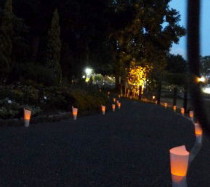
Night festival at Fukuoka City Botanical Garden
Over 500 lanterns are placed along the lane leading to the greenhouse, its dim shadowy firelight illuminates the atmosphere.
Aug.6,2013
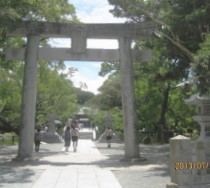
Jinja (Shrines)
Jinja are places for the worship of Shinto deities. It is said approximately 80,000 are registered as legal entities, and many smaller shrines are still around the country.
Jul.20,2013
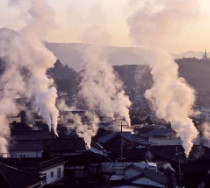
Beppu Hot Springs (Onsen)
The eruption of hot spring water is second only to the Yellowstone National Park in USA.
Jun.27,2013
(photo: http://www.beppu-navi.jp/photo/)
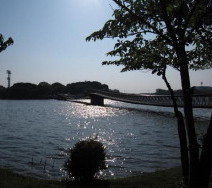
Kayoicho Park near Fukuoka City
In the park, there is a lake. There are some facilities and spaces such as birdwatching huts, playgrounds for children, an grass field and jogging courses around the lake.
Jun.19,2013
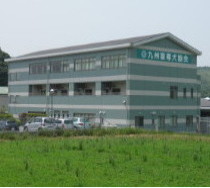
Kyushu Guide Dog Association Training Center
This center has raised, trained and graduated 210 guide dogs since the establishment.
A guide dog is lent to a user without any charge.
Jun.3,2013
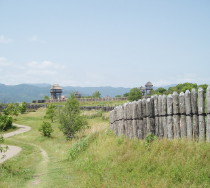
Yoshinogari Historical Park
Many structures and relics throughout the Yayoi period (3rd century B.C.-3rd century A.D.) have been discovered in Yoshinogari ruins.
May.28.19,2013
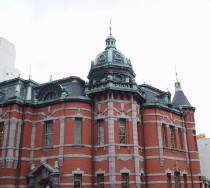
Fukuoka City Akarenga Cultural Center
At first, the building was built by Kingo Tatsuno and Yasushi Kataoka as Kyusyu branch office of Nippon Life Insurance Company in 1909.
May.4,2013

The surnames of Japanese people
Japanese people did not have their surnames before the Meiji Restoration except some special people such as Samurai and priests.
Apr.27,2013
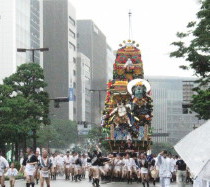
Dashi (Decorated Float)
in Fukuoka
During festivals over the country, you can see many giant decorated floats or portable shrines (Mikoshi) carried by the people in Happi (kimono style short) coats.
Apr.19,2013
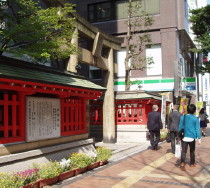
Suikyo Tenmangu Shrine in Tenjin area.
Nagamasa Kuroda, first feudal lord of Fukuoka clan, removed the shrine here to protect Fukuoka Castle from evils that invade from northeast.
Apr.9,2013

How to Drink Matcha (Powdered green tea)
Thin tea is popular now so let me introduce you to the manners for drinking tea following the Urasenke school of Japanese tea ceremony..
Apr.2,2013
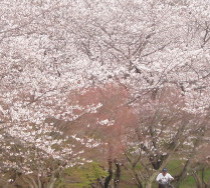
Sakura (Cherry blossoms) are blooming in Fukuoka.
Many kinds of flowers come out now, but they don’t capture the attention of us as much as Sakura.
Mar.26,2013
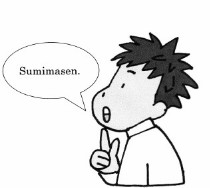
Survival Japanese
Let's look at 2 versatile words. Sumimasen means "I'm sorry." "Excuse me." or "Thank you for your help." And also you can use this for calling a clerk in a shop or a server in a restaurant.
Mar.16, 2013
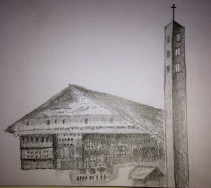
Christianity in Japan
Christianity was introduced to Japan in 1549 by Francis Xavier, a Spanish priest.But soon after, in 1587, Toyotomi Hideyoshi banned them.The Meiji government finally recognized religious freedom in 1873.
Mar.8, 2013

Ume (Japanese apricot) flowers in full bloom in Fukuoka
It was Ume flowers not cherry blossoms that ancient people enjoyed a blossom viewing.
Mar.1, 2013
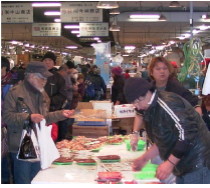
Fish market in Nagahama, Fukuoka
on the Thanks Day for Public
You can buy fresh fish at bargain price ! There also are many events, such as cleaning the tuna, demonstration and practice of how to cook fish.
Feb.22, 2013
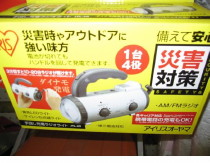
Disaster Prevention Goods & Disaster Prevention Center In Fukuoka City
Japanese are very conscious of disaster prevention.
Feb.15, 2013
(photo:a radio with flashlight for emergency)
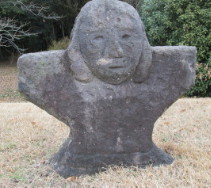
The Iwatoyama Tumulus
in Yame City
The stone statues of humans and horses are arranged around the tumulus (kofun). The huge tumulus was built in the 6th century for a powerful clan leader.
Feb.7, 2013
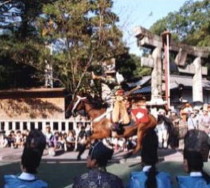
Iimori Shrine Yabusame
Men dressed in samurai hunting style of the Kamakura era shoot arrows aiming the targets from galloping horses.
Jan.25, 2013
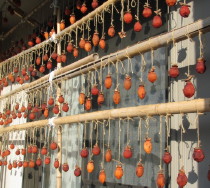
Hoshi-Kaki (Dried Persimmons)
→ Hoshi-Gaki
Tart persimmons are hung up for about a month. The astringent taste goes away and persimmonns become sweet.
Jan.18, 2013
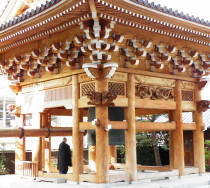
The Bell Tower of Ankokuji temple
A young Buddhist monk hits this bell nine times every morning from 11:00 o’clock at the center of Fukuoka City.
Jan.10, 2013
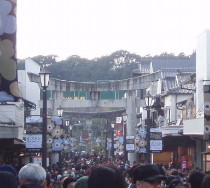
New Year days at Dazaifu Tenmangu shrine
Most of us go to a shrine or, sometimes, a temple on the first few days of the New Year.
Jan.5,2013
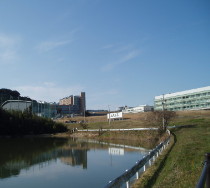
Ito campus of Kyushu University.
The old campuses in Fukuoka City are moved to there with 18,700 students and faculty.
Dec.29,2012
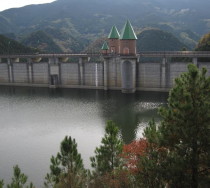
Narubuchi Dam
Around the dam, there are a park, temples and an observatory. Also, children's playground and barbecue facilities too are equipped.
Dec.22,2012
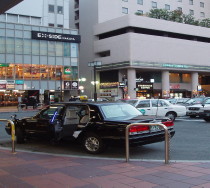
Do you need to tip in Japan?
No, you don't. I'm Japanese but I've never tipped. I tell you about the taxi.
Dec.14,2012
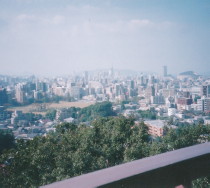
The gazebo near Yamanoue Hotel in Fukuoka City
I'd like to introduce you more quiet and peaceful place than FukuokaTower or Roof Top of Hakata Station.
Dec.7, 2012
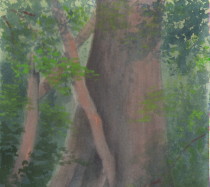
Mt. Tachibana
If you want to stretch your body out, or breathe fresh air, I’d suggest Mt. Tachibana (367m) in Fukuoka.
Dec.2, 2012



